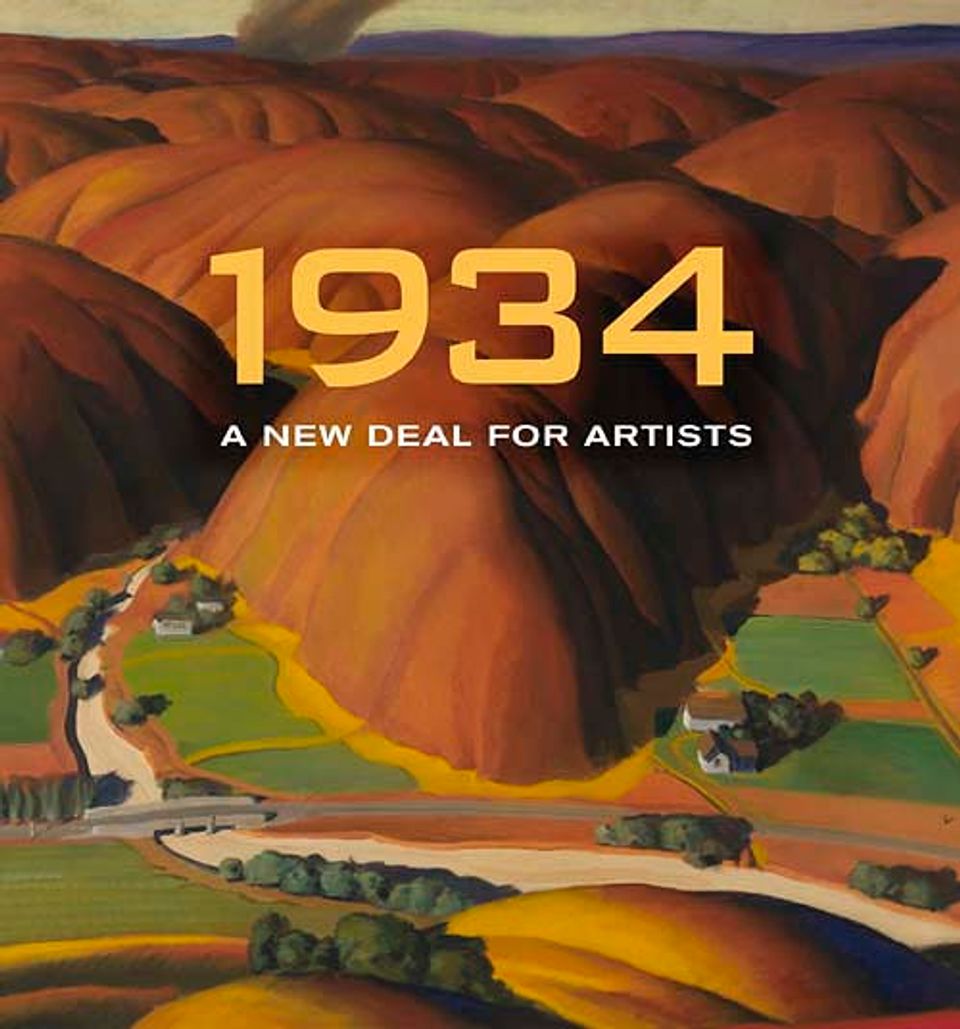Artwork Details
- Title
- Island Dock Yard
- Artist
- Date
- 1934
- Location
- Not on view
- Dimensions
- 32 1⁄4 x 48 1⁄8 in. (81.8 x 122.2 cm.)
- Credit Line
- Transfer from the U.S. Department of Labor
- Mediums
- Mediums Description
- oil on canvas
- Classifications
- Subjects
- Landscape — bird’s eye view
- Architecture — vehicle — train
- Architecture — industry — shipyard
- Architecture — industry — Island Dock Co. Inc.
- New Deal — Public Works of Art Project — New York State
- Architecture — vehicle — truck
- Object Number
- 1964.1.94
Artwork Description
Fortess described his painting as "a view of the Kingston Point railway yard, showing track intersections, [a] station, freight trains, . . . shacks, and [a] background of buildings with a suggestion of a plain and barren winter trees [on] a grey day." The artist emphasized the angular geometry of the structures. He played the predominant shadowy gray colors against spots of intense red, yellow, and blue. Trucks and trains hurry to and fro, but the action proceeds without the presence of a single visible human figure.
1934: A New Deal for Artists exhibition label
Karl Fortess painted this image in the 1930s at Kingston Point landing, an industrial dock on the Hudson River in New York. He emphasized the bleakness of this wintry landscape by painting the bare trees and overcast sky with dark colors. But the orange train cars, yellow huts, and vivid red dockyard sign stand out against the gloomy background, creating an image of energy and activity in the dead of winter.















